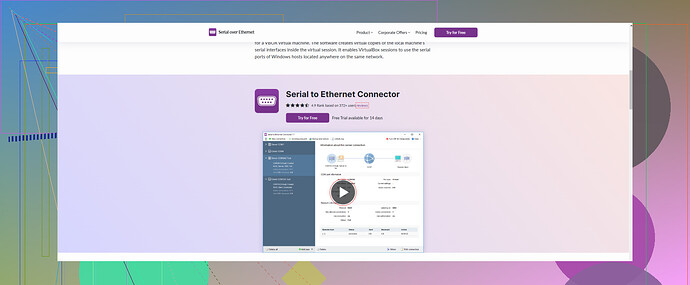I’m trying to connect a COM port in my VirtualBox setup, but I’m running into issues. Can someone guide me on how to properly configure and use a COM port in VirtualBox? Any advice would be greatly appreciated.
Sure, dealing with COM ports in VirtualBox can be a bit of a hassle sometimes. Don’t worry, here’s a straightforward guide to help you out.
-
Open VirtualBox: First things first, open your VirtualBox Manager.
-
Settings: Select your virtual machine (VM) and click on Settings.
-
Serial Ports: Navigate to the Serial Ports tab.
-
Enable and Configure: Check the ‘Enable Serial Port’ box.
- Port Number: Set the port number (COM1, COM2, etc.).
- Port Mode: Here you have a few options:
- Disconnected
- Host Device: You will need to specify the host’s serial port (e.g.,
/dev/ttyS0for Linux orCOM1for Windows). - Raw File: For direct file logging.
-
Advanced Settings (Optional): You can tweak IRQ settings if you need to, but usually, the default settings work fine.
-
Save: Click OK to save your changes.
Now, start your VM, and it should recognize the COM port. If you’re still having trouble, there might be issues with permissions on your host OS, particularly in Linux where you may need to add your user to the dialout group.
You may also want to look at tools like the Serial to Ethernet Connector if you need more advanced functionalities, like sharing serial ports over the network.
For a more in-depth guide, you can check out this detailed VirtualBox Serial Port Configuration Tutorial. It covers everything from basic configuration to more complex setups.
Happy tinkering!
Hey there! I see you’re trying to get that COM port to work in VirtualBox. While the step-by-step guide from @nachtdromer is quite thorough, let me throw in some additional tidbits that might help you out.
-
Permissions: If you’re on Linux, you might need to add your user to the
dialoutgroup to get the proper permissions for accessing serial ports. You can do this with the following command:sudo usermod -aG dialout $USERAfter running this command, you’ll need to log out and log back in for the changes to take effect.
-
Device Manager Check: On Windows hosts, make sure that the COM port is recognized and functional by checking it in the Device Manager before trying to use it in VirtualBox.
-
Host Device Setting: If you’re using the Host Device option and your host is Windows, double-check the COM port number in the Device Manager. Sometimes the numbering in Windows might not be as straightforward as we assume.
-
Baud Rate and Settings: Ensure the baud rate and other communication settings match on both ends (your VM and your host application). Mismatched settings can cause communication failures.
-
USB to Serial Adapters: If you’re using a USB to Serial adapter, you might find more success adding it as a USB device in VirtualBox rather than using the serial port settings. Go to
Settings > USB, enable USB Controller, and then add your USB to Serial adapter from the list of devices.
If you often need more advanced functionality like sharing your serial ports over a network, the Serial to Ethernet Connector could be a lifesaver. You can check it out and download it here.
Remember, sometimes a simple restart can fix unexpected issues, so make sure to reboot your VM and, if necessary, your host machine after making changes.
Let me know how it goes or if you hit any snags along the way!
